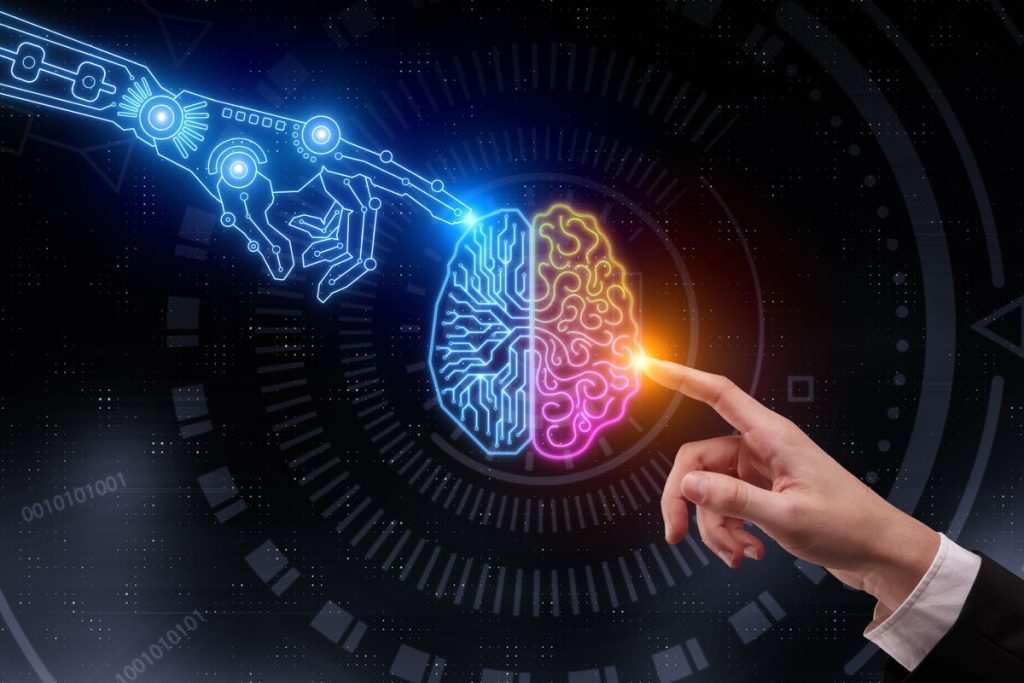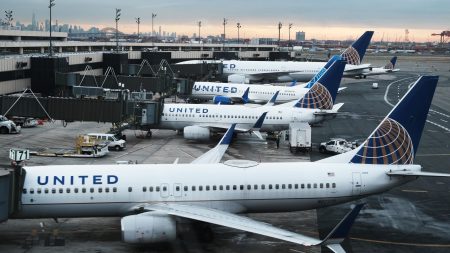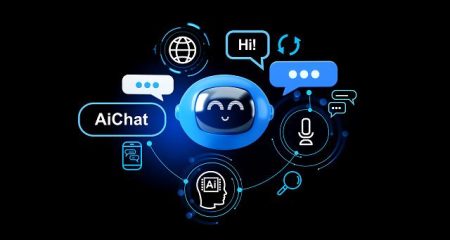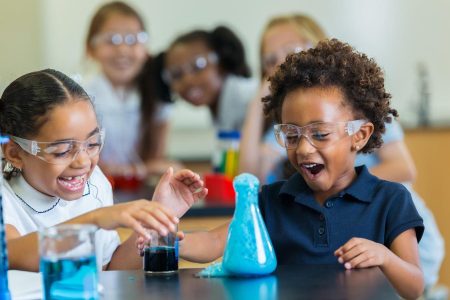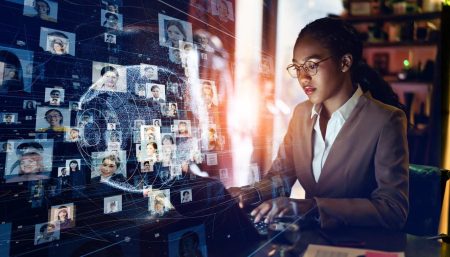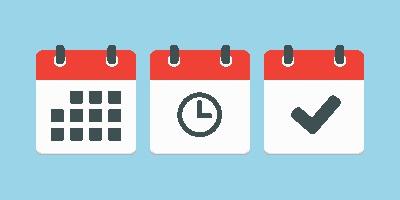Ask chatGPT if it is creative, and it will confidently answer YES, followed by the usual fake modest yet self-promotional explainer. In that sense, generative AI is a lot like humans: most people overrate their creativity (you and I are obviously exceptions). Consider that the typical overlap between actual and self-rated creativity is merely 9%, which explains why people who are actually perceived as creative by others – just like people who are deemed funny by others, rather than themselves, are not particularly sure of their own talents.
As I illustrate in my latest book, I Human: AI, Automation, and the Quest to Reclaim What Makes Us Unique, there’s no shortage of examples to illustrate the creative capabilities of machines, as measured by human standards. For instance, AI can improvise like Miles Davis fooling 90% of Jazz experts, create art that fetches substantial sums at auctions, and complete Schubert’s renowned “Unfinished Symphony” (running out of a smartphone).
To be sure, much of what AI generates is hardly creative, but rather an aggregate or average of what humans generated before. However, this is also true for human creativity, since “talent borrows, but genius steals” – a quote borrowed and stolen by so many it is impossible to attribute it to anyone with certainty.
Even when we mock AI for “hallucinating” (a euphemism for “bull*hitting), we dismiss the actual creativity that underpins it, in the sense of making novel or unusual associations, as opposed to replicating existing facts. And of course, the accidental nature of the process doesn’t make the output less creative: serendipity, randomness, and blind variability are key ingredients of the creative process in humans, which explains why alcohol and drugs have been common muses for artists and creators for millennia.
Needless to say, AI is a human invention, so it can only augment our reputation for ingenuity and creativity: creating something more creative than ourselves, makes us more creatives as a species.
In that sense, the critical question is not whether or how we can remain more creative than AI, but rather, how we can become more creative with it, in the sense of leveraging it as a tool to enhance our creative performance. This is less about fearing or dismissing AI, and more about learning to interact with it. Think of how Andy Warhol turned mass production and industrialization into pop art, or how ABBA turned synthesizers and samplers into timeless pop anthems. Humans have a long history of blaming technological inventions for their own cultural demise, starting with Socrates’s objection to writing, on the grounds that it would ruin our memory. But for the most parts, technology automates certain tasks and activities, freeing up humans to create new things, including other technologies.
Consider how AI enhances our music consumptions through its impressive recommendation engine, which helps us recall old songs and discover new ones. This engine, which is nearly 100% accurate with me (and, like everybody else, I would describe my musical taste as pretty eclectic and unpredictable, which is a nice self-enhancing delusion), fuels strong models of musical preferences that allow artists to optimize their creations to what people want. In fact, it should even enable Spotify (and other AI firms) to create this music altogether, effectively automating artists. However, this would only inspire humans – the same and others – to create something novel, different, that escapes the historical parameters that educated the AI. In the words of Miles Davis: “don’t play what’s there, play what’s not there”.
So, just like electronic instruments didn’t kill classical musicians, and elevator music didn’t kill innovation in music, so AI will not kill or anesthetize, but re-energize human creativity, pushing us to invent beyond what’s pre-fabricated, pre-packaged, and processed. Think of AI as the intellectual equivalent of fast food, and human creativity as the intellectual version of the farm-to-table or slow food movements. It is not a given, but with some willpower, self-control, and dedication, we can develop the necessary habits to create, even when the lazy option is to get machines to do it for us. In a way, this is no different from developing the rather unnatural habits of working out for the sake of working out, avoiding sugary or fatty food, or meditating, all of which systematically change and update our operating system to abandon historical adaptations that are no longer fit for purpose in today’s environment.
In short, if you want to be creative in the age of generative or creative AI, then:
1) don’t dismiss AI
2) experiment and play with it
3) test its capabilities and limits
4) learn to add value beyond its limits
5) making it a suitable companion or partner in your creative process: many of your fellow humans will, which will make human talent rather than AI the critical differentiator.
Read the full article here
